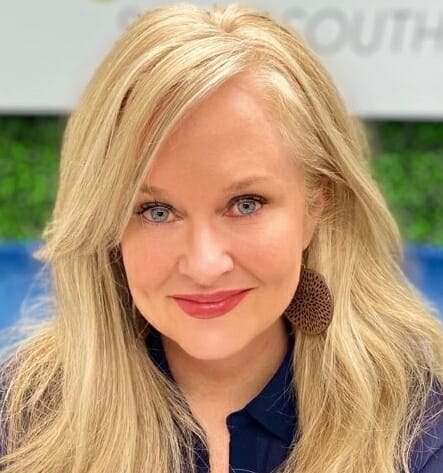It is Friday, and I’m in North Adams, Mass.
It’s overcast, maybe 60 degrees, and my wife, Susan, is still sleeping. This morning I have a cup of Pfeffercorn’s Whole Bean roasted in Baltimore.
This morning I’m sitting in our loft, in the same room where men, women and children once operated large, loud textile looms. The Eclipse Mill, built in the 1880s, was in the business of making what was called “gray cloth.” That unfinished cloth was then “finished and printed” in another nearby mill — some of it going into uniforms.
The four-storied, thick-bricked textile mills in Massachusetts first relied on water power from a nearby river; but they also relied on raw cotton, raised in post-war Mississippi and South Carolina. And then there were the millhands who actually operated the carding, twisting and weaving machines.
During most of its history, The Eclipse Mill was powered by French Canadian immigrants. They were overwhelmingly Catholic and their largely empty (often demolished) churches are now silent, red brick testimony of their passage and assimilation. One of these immigrants was Josephat Adams.
I have this information because Lewis Hine (the famous reformer-photographer) came through here in 1911 taking the 10-year-old boy’s picture. Hine’s caption reads, “Josephat Adams, 107 Front Street, works in the twisting room at Eclipse Mill.”
It may be of some local interest that Lewis Hine also came to Port Royal, taking photographs of 8-year-old oyster-shucking girls then employed at the Maggione Oyster Company. But as I sip my second cup of Pfeffercorn’s Baltimore roasted coffee, “107 Front Street” rings some distant, strangely familiar bell.
Then, suddenly, I realize I can actually see 107 Front Street from where I’m sitting.
The building at 107 Front Street is a dilapidated, two-storied, asbestos-sided house sitting just across the Hoosic River. The house is one of five identical duplexes that housed mill workers.
The 1910 Census says that Josephat Adams was born in Quebec but by 1910 was living in the desperate-looking duplex with his parents and five siblings. Hine said he worked in the “twisting room” which was where the strands of fiber were twisted together to form yarn. Most millhands, including children, worked 10 to 12 hours a day, amidst dust, lint and the deafening noise of the machines. Girls made 6 dollars a week, boys made a little less.
By 1910 textile mills in New England were being threatened by worker unrest, unions, and by cheaper labor in places like South Carolina. The South, once the domain of the crop lien system, now paid-out weekly wages to folks who previously lived from one unpredictable harvest to the next.
And so Southern, Upstate farmers traded-in their unstable farm income for 10-hour work days that came with lint that would eventually migrate to their lungs and shorten their lives. Although the Southern mills also relied on children like Josephat Adams, Hine’s photographs and the efforts of other reformers would eventually end the practice of using nimble-fingered children.
Today the American textile industry is relocated to China, India and Bangladesh. It is hard to find a shirt or trousers made in the United States. But lately, unexpectedly, there has been a dramatic upswing in costs that have off-set the cheap labor advantage enjoyed by Southeast Asia. This has everything to do with the cost of transportation from China.
A year ago the price of getting a 40-foot long container from Shanghai was $1800.00. Today that same container will cost $10,000. No one knows how long these prices will last, but if they persist we may see the return of textile manufacturing to the United States. This may have collateral impact on Beaufort and, especially Jasper counties because 40 percent of the traffic into and out of the Port of Savannah is Chinese.
Joe (formerly Josephat) Adams was described as a “straight shooter” who loved listening to his transistor radio as he reclined in his Lazy Boy. More often than not he was listening to the New York Yankees — something of an outlier here in Red Sox country — as he sat just across the Hoosic at 107 Front Street.
Those who knew him said Joe loved fishing for Wall-Eyed Pike on Lake Champlain, and that he “read the newspaper everyday, cover to cover, ending the process by doing the crossword puzzle.”
Josephat Adams was lucky, fortunate to live into and to enjoy his old age.
Scott Graber is a lawyer, novelist, veteran columnist and longtime resident of Port Royal. He can be reached at cscottgraber@gmail.com.









